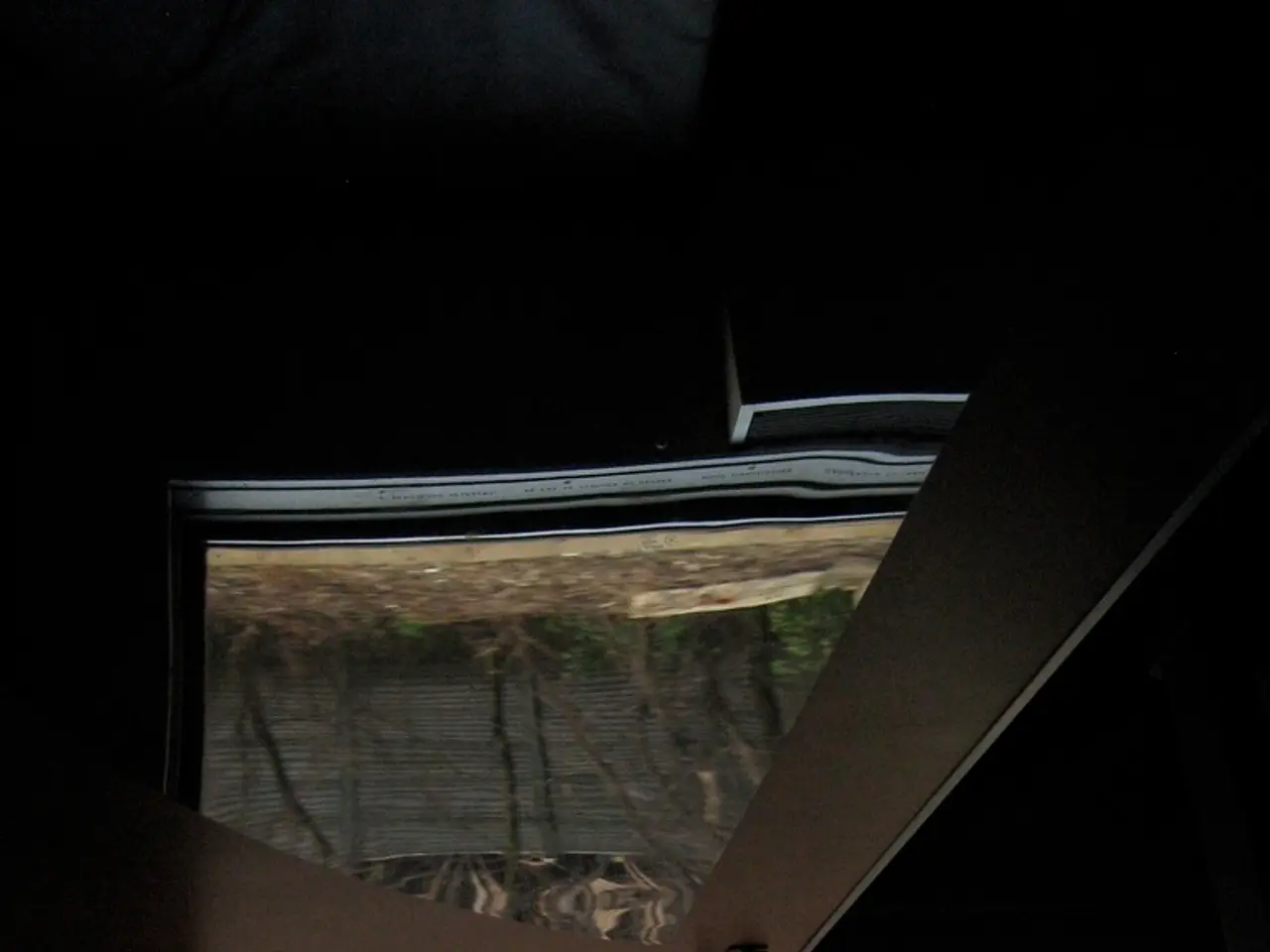Comparing Finance Options for Windows: Key Factors and Pitfalls to Consider
When it comes to replacing your windows, financing can be a crucial factor in making the decision. This article provides an overview of common window financing options, their advantages, and potential drawbacks.
No Interest if Paid in 12 Months (e.g., promotional financing from window companies)
This financing option offers no interest if paid within 12 months, saving you money on finance charges. It also provides deferred payment options with convenient monthly payments and no upfront fees. However, interest starts accruing after 12 months if the balance remains unpaid, potentially leading to high rates thereafter. To avoid charges, it's essential to pay off the balance within the promotional period.
Home Equity Line of Credit (HELOC)
HELOC is a flexible financing option that allows you to borrow as needed, with interest charged only on the amount drawn. It has no early repayment penalties and can be useful for funding large or ongoing projects where costs vary. However, it requires sufficient home equity and good credit, and variable interest rates can increase costs.
Home Improvement Loans (personal loans, second mortgages)
These loans offer fixed amounts and fixed interest rates, providing predictable payments. They can cover the entire window replacement cost upfront. However, interest rates may be higher than home equity products, larger loans increase monthly payments, and good credit is often required.
Credit Cards
Credit cards offer easy and quick access to funds, with some cards offering introductory 0% APR on purchases. However, high interest rates apply if unpaid after the promotional period, which can lead to increasing revolving debt and potential damage to credit.
Cash or Savings (not financing)
Using cash or savings for window replacement eliminates interest and fees, and there are no ongoing payments or debt. However, it requires having sufficient funds upfront, which may delay the project if funds are not immediately available.
Additional Considerations
Promotional no-interest financing often requires paying the full balance within a year, which can be challenging but saves significant finance charges compared to traditional loans or credit cards.
HELOCs offer flexibility for staged projects and potentially lower interest costs due to borrowing only what you use, but variable rates and qualification requirements apply.
Using home equity or second mortgages generally lowers interest rates compared to personal loans or credit cards but increases borrowing risk as your home is collateral.
Choosing financing that matches the project scope, timeline, and your repayment ability leads to better financial outcomes.
Making the Right Choice
Using the right financing can enable you to get high-quality windows that improve energy efficiency and home value while managing your cash flow effectively. It's important to compare financing offers from both banks and window contractors, not just focusing on monthly payments, but also looking at each loan's terms and APR, and comparing the total repayment amount.
Understanding common loan terms such as APR, term length, fees, and penalties is key for comparing window financing offers. Avoid offers that don't provide this information upfront, and be wary of financing tied to unnecessary upsells.
Sources used:
[1] Advanced Window Products financing details (2025) [2] Cliftonpf blog on home improvement loans and HELOCs (2025) [4] UT Window Experts on window replacement financing and ROI (2025)
- When considering a contractor for window replacement, financing options such as No Interest if Paid in 12 Months, Home Equity Line of Credit (HELOC), Home Improvement Loans (personal loans, second mortgages), Credit Cards, and even using personal funds (cash or savings) each come with their unique advantages and potential drawbacks in the realm of personal-finance and banking-and-insurance, requiring careful budgeting for a well-informed decision.
- A convenient option that avoids upfront fees is No Interest if Paid in 12 Months. However, if the balance isn't paid within the promotional period, interest will accrue, potentially leading to high rates thereafter.
- Home Equity Line of Credit (HELOC) offers flexibility, no early repayment penalties, and may have lower interest rates than personal loans or credit cards. Yet, it requires sufficient home equity, good credit, and has variable interest rates, which can increase costs.




